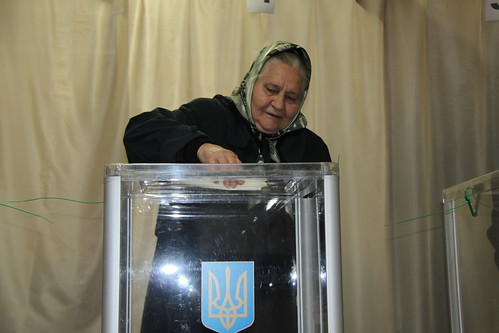Politics and social media: why Eastern Europe’s politicians are all atwitter
By Sean L Hanley, on 13 February 2013
Politicians in Central and Eastern Europe are taking to Twitter in increasing numbers – but with mixed results, finds Philipp Köker.
Since Barack Obama’s use of twitter and other social media in his successful 2008 presidential campaign, more and more politicians (or their PR advisers) have discovered the power of delivering short, 140-character messages to supporters. This digital revolution has also not left politicians in Central and Eastern Europe unaffected and many leaders in the region are now on twitter. However, not all of them are using it effectively and some have even given up on it already.
It would, of course, be hard to match Obama’s 26 million followers but recently Estonian president Toomas Hendrik Ilves @IlvesToomas and former Russian president and current prime minister Dimitrii Medvedev @MedvedevRussia and @MedvedevRussiaE have both advanced to moderate twitter stardom. Both tweet in English as well as in Estonian or Russian, respectively (Medvedev even has separate accounts for each language); yet more importantly, they both tweet themselves.
While Ilves’ ten thousand followers do not yet measure up to Medvedev’s 1.9 million followers (for his Russian account – the English account has close to half a million followers), the Estonian president has earned his followership by providing interesting posts and concise policy statements, as well as by interacting with his followers on a regular basis – his twitter feud with Princeton economist Paul Krugman last summer might be an additional motivation to follow him) Medvedev on the other hand predominantly tweets pictures from state visits including a photo of a Finnish sauna and the view from his hotel window in Rio de Janeiro and, in contrast to Ilves, prefers to congratulate Arnold Schwarzenegger on his birthday rather than engage with followers.
 Close
Close




